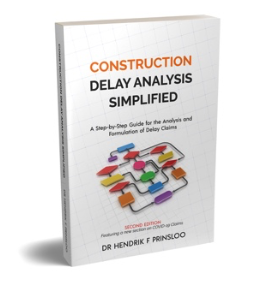| Delay Analysis Method | Usage Index | Rank |
|---|---|---|
| As-planned vs as-built | 65.7 | 1 |
| Impacted as-planned | 59.4 | 2 |
| Collapsed as-built | 54.8 | 3 |
| Time impact analysis | 48.2 | 4 |
| Net impact | 45.7 | 5 |
| Global | 45.5 | 6 |
| Window analysis | 40.2 | 7 |
| S-Curve | 33.8 | 8 |
In this article, the application of the As-Planned vs As-Built method is discussed looking into the steps to apply it, limitations, and when this method is suitable.
Description:
A comparison of critical path activities on the as-planned (baseline) programme with the same activities on the as-built programme to establish the net impact on the completion date.
Requirements to utilise this method:
- Baseline Programme with critical path
- As-built Programme with critical path
Time of application:
- Retrospectively
- The actual effect of the delay event has been experienced
- The analysis is done after the project completion or after the effect of the delay event ceased
Steps:
- Use the initial as-planned (baseline) programme and the as-built programme for the project.
- Compare each activity on the critical path of the as-planned (baseline) programme with the same activity on the as-built programme.
- Determine the net impact on the completion date by taking into account increased and decreased activity durations.
Limitations:
- It does not take into account the dynamic nature of the critical path.
- It does not determine the individual effect for each delay on the project completion date.
- As-built programmes are time-consuming to develop and are not always readily available.
- The utilisation of as-built information to develop the as-built programme can lead to manipulation.
- Considerable skill and experience are required to develop an accurate as-built programme.
- Accuracy will be impacted by deficiencies in the as-built programme.
Choose this method when:
- The compound effect of a number of delays needs to be established.
- Updated programmes and detailed progress updates are not available.
- Information on delay events is not readily available.




